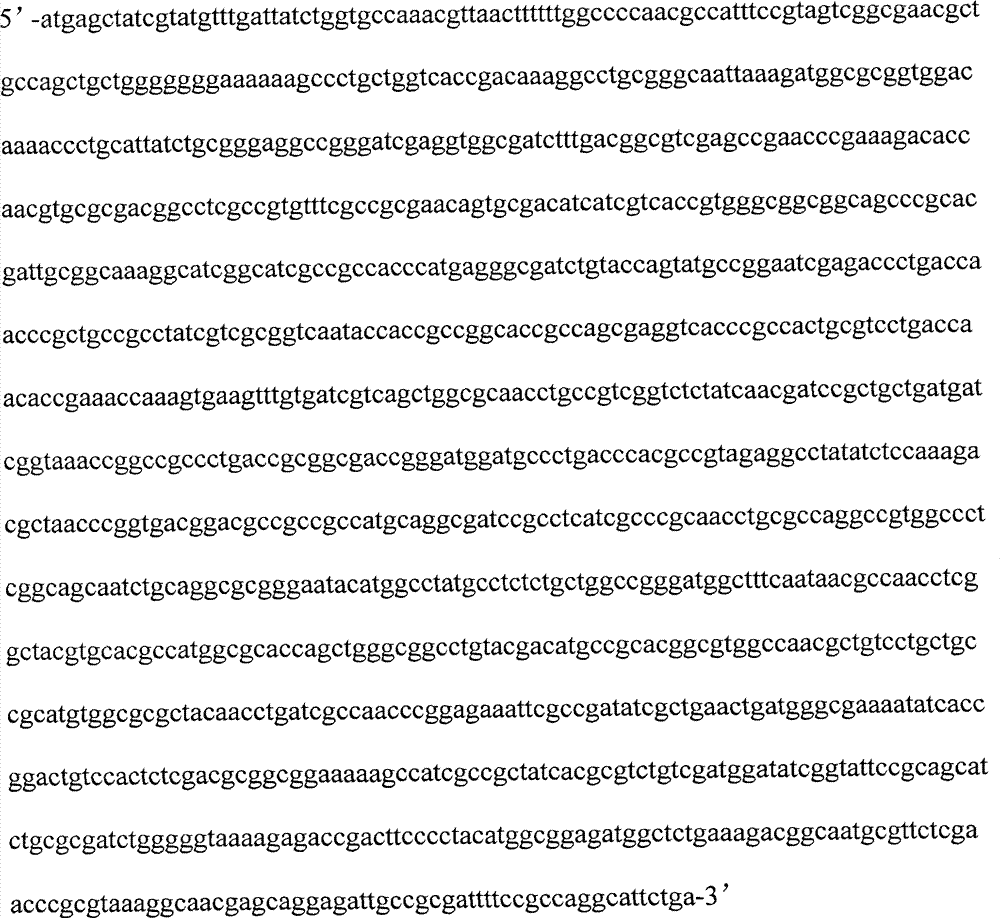Recombined bacterial strain for modifying specificity of 1,3-propanediol redoxase coenzyme and application thereof
A technology of reductase and propylene glycol, which is applied in the field of bioengineering, can solve the problem that propylene glycol oxidoreductase cannot obtain the expected effect, and achieve the effect of increasing production
- Summary
- Abstract
- Description
- Claims
- Application Information
AI Technical Summary
Problems solved by technology
Method used
Image
Examples
Embodiment Construction
[0028] Specific embodiments of the present invention will be described in detail below in conjunction with technical solutions.
[0029] In the following specific embodiments, the rational design method of molecular simulation is first used to find the key amino acid residues that affect the binding specificity of the 1,3-propanediol oxidoreductase coenzyme, and the method of primer overlap extension site-directed mutagenesis is used to realize the mutation transformation, and then the construction containing The expression vector of the mutant enzyme and the recombinant bacterial strain containing the expression vector are finally used to ferment glycerol to produce 1,3-propanediol with the constructed recombinant bacterial strain.
[0030] 1. Rational design of 1,3-propanediol oxidoreductase coenzyme binding specificity:
[0031] Rational design of coenzyme binding specificity is accomplished through a series of molecular simulation methods. First, homology modeling was use...
PUM
 Login to View More
Login to View More Abstract
Description
Claims
Application Information
 Login to View More
Login to View More - R&D
- Intellectual Property
- Life Sciences
- Materials
- Tech Scout
- Unparalleled Data Quality
- Higher Quality Content
- 60% Fewer Hallucinations
Browse by: Latest US Patents, China's latest patents, Technical Efficacy Thesaurus, Application Domain, Technology Topic, Popular Technical Reports.
© 2025 PatSnap. All rights reserved.Legal|Privacy policy|Modern Slavery Act Transparency Statement|Sitemap|About US| Contact US: help@patsnap.com



